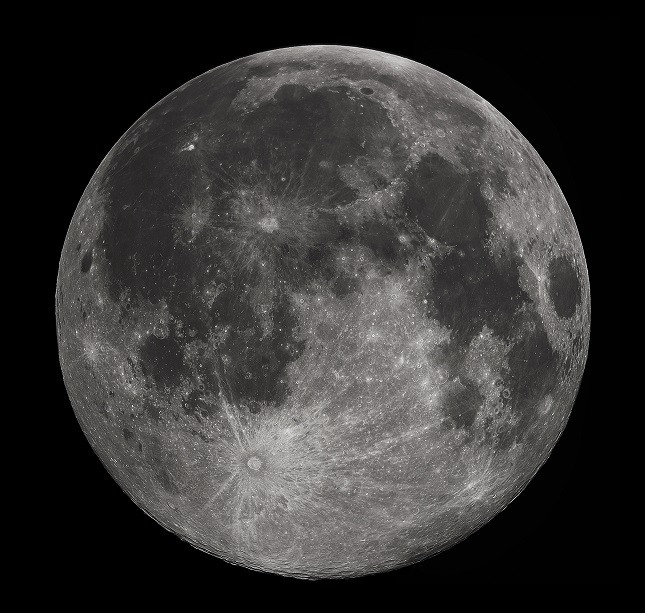The International Outer Space Treaty of 1967 states that no country can claim to have ownership of extraterrestrial territory. The treaty also said that any materials returned from space were the common property of humanity and would need to be shared with other nations.
In 2016, President Obama signed a new law which grants private citizens the ownership rights of materials returned from space to the Earth. It is hoped that this new law will encourage the commercial exploitation of space resources by nations and private space companies.
Space companies say that water is a key resource for the exploration and exploitation of space. It can be used for drinking, shielding against harmful radiation, as a propellant for spacecraft, broken down into oxygen for breathing and hydrogen for fuel. Water will be critical for any attempt to place permanent colonies on the lunar surface, an intention that has already been expressed by some nations on Earth including the U.S., China, Russia and Japan.
The search for water on the Moon will be carried out in deep craters, crevices, and caves on the lunar surface where it is protected from evaporation or sublimation by the harsh light of the lunar day. If water can be found and mined on the Moon in large and accessible quantities on the lunar surface, the Moon could become a refueling station for missions beyond the Earth-Moon system.
There are already plans for the construction of an international “Gateway” space station orbiting the Moon to be used as a platform for the construction of spacecraft and the launching of missions into deep space. A reliable source of water from the Moon would be critical to the success of this project.
The platinum group of metals which includes iridium, palladium and platinum are considered to be much more abundant on the Moon than on Earth. These metals have important uses in electronic devices. They could be returned to Earth or they could be used on the Moon to construct electronic devices for deep space missions.
One of the abundant lunar resources that has ignited a lot of interest is helium-3. This non-radioactive isotope of helium could be the key to developing commercial nuclear fusion. It could produce abundant energy with no radioactive waste. It is very rare on Earth but abundant on the lunar surface. Helium-3 is created in the Sun and carried out across the solar system by the solar wind. The radiation belts above the Earth prevent helium-3 from reaching the Earth’s surface but it has been falling on the Moon for billions of years. A Chinese science advisor has said that there is so much helium-3 on the surface of the Moon that it could satisfy all conceivable human energy needs for thousands of years.
The mining, refining and return of lunar resources to Earth could be of great benefit to our civilization if they can be carried out reliably and safely. And, of course, they must be able to compete with such resources from terrestrial sources.
